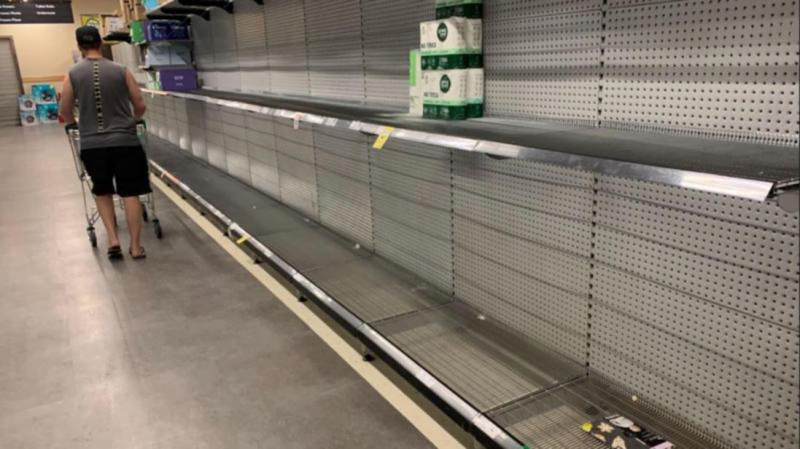Metcash, a prominent wholesaler with a vast network of supermarkets, liquor, and hardware retail outlets, has initiated a review of its chief supermarket division. This move arises due to the growing competition in the food and grocery sector, with the company looking to reduce costs, potentially leading to layoffs at its headquarters.
To facilitate the review, Metcash has set up two teams. One will examine the company’s business structure to determine if adjustments are required to stay competitive. Simultaneously, a separate group will focus on cost-cutting, especially as recent investments in digitalisation and supply chains face challenges from slowing inflation and declining sales, which are impacting profit margins.
Insiders suggest that these reviews might result in job cuts at Metcash’s main office. There’s a growing urgency within Metcash to boost efficiency in its supermarket division, which is the wholesaler for numerous supermarkets and convenience stores, such as IGA and Foodland. Last year, this division reported sales of nearly $10bn and earnings of $204m. In comparison, the hardware division had sales of $3.38bn, and the liquor division had $5bn in sales. The supermarkets account for 40% of Metcash’s total earnings.
Metcash’s newly appointed leader, Doug Jones, is spearheading this review. The broader $130bn supermarket industry is currently facing stiff competition from major players like Woolworths and Coles and newcomers like Aldi. The sales revenue is further hampered by slowing inflation.
Metcash’s supermarkets performed exceptionally during the Covid-19 lockdowns, benefiting from people preferring local stores over large shopping centres. However, with shopping habits reverting to pre-pandemic norms, independent chains like IGA and Foodland are grappling to maintain their market share achieved during the pandemic’s peak.
Furthermore, Metcash is channelling significant investments into e-commerce and other digital platforms, which are crucial for staying competitive but come at a high cost to the wholesaler.
A representative from Metcash mentioned that the company continues to handle increasing cost pressures and aims for greater efficiencies, especially in its distribution centres, as detailed in its fiscal 2023 results. He emphasised their ongoing commitment to having an optimised organisational structure to back their strategic goals and growth plans. This includes ensuring the supermarket division is equipped with the right resources and capabilities, especially as they ramp up key growth initiatives in areas like digital loyalty programs, e-commerce, and future supply chains.
For the latest retailer news and information, check out the IndiHub website or to speak to us about how we can help your business contact us.



